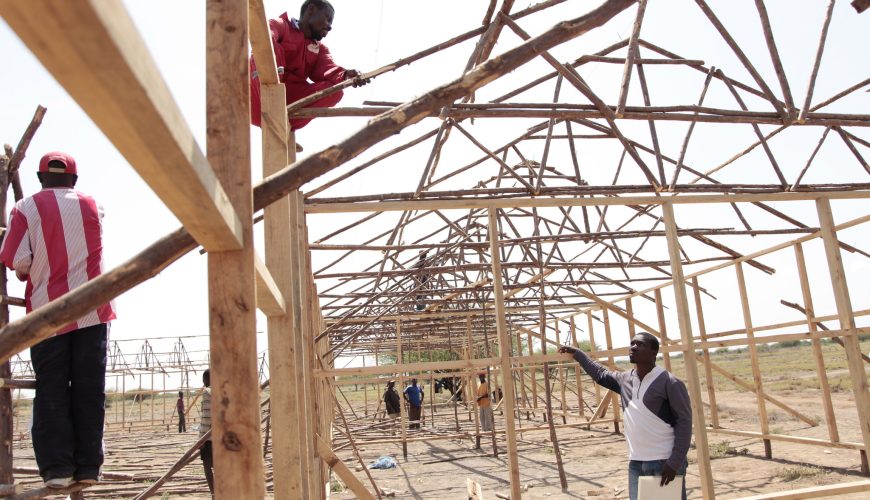Urban-Rural Linkages are nonlinear, diverse urban-rural interactions and linkages
across space within an urban-rural continuum, including flows of people, goods, capital
and information but also between sectors and activities such as agriculture, services and
manufacturing. In general, they can be defined as a complex web of connections between
rural and urban dimensions.
Urban rural linkages also entail:
Flows (of goods, people, information, finance, waste, information, social relations) across space,
linking rural and urban areas. A less descriptive definition is of the functional links between
sectors (agriculture, industry and services) (Tacoli, 2015).
Complementary and synergetic functions and flows of people, natural resources, capital,
goods, employment, ecosystem services, information and technology between rural, peri-urban
and urban areas.
Constant and necessary flows of people, capital, goods, services and information between
urban and rural areas
These linkages touch on a broad variety of thematic areas that strategies for enhancing
them cannot be developed with silo thinking. These thematic areas include: urban and
territorial planning, strengthening small and intermediate towns, enabling spatial flows of
people, products, services and information, fostering food security systems, mobility and
migration, environmental impact in urban-rural convergences, legislation and governance
structures and inclusive financial investments among others. Fostering Partnerships –
between urban and rural actors and areas at the local level are crucial for a transformative
agenda. But also global partnerships for an integrated territorial development are crucial for
transforming towards sustainable and resilient societies. Through shared principles these
levels of transformation can be better aligned.
-
Address
Mobile: +254 (0) 708427153 Landline: 020 4913563 Address: P.O BOX 30197 00100 Nairobi
-
Curla Centre
Mon - Sat: 8.00 am - 5.30 pm

